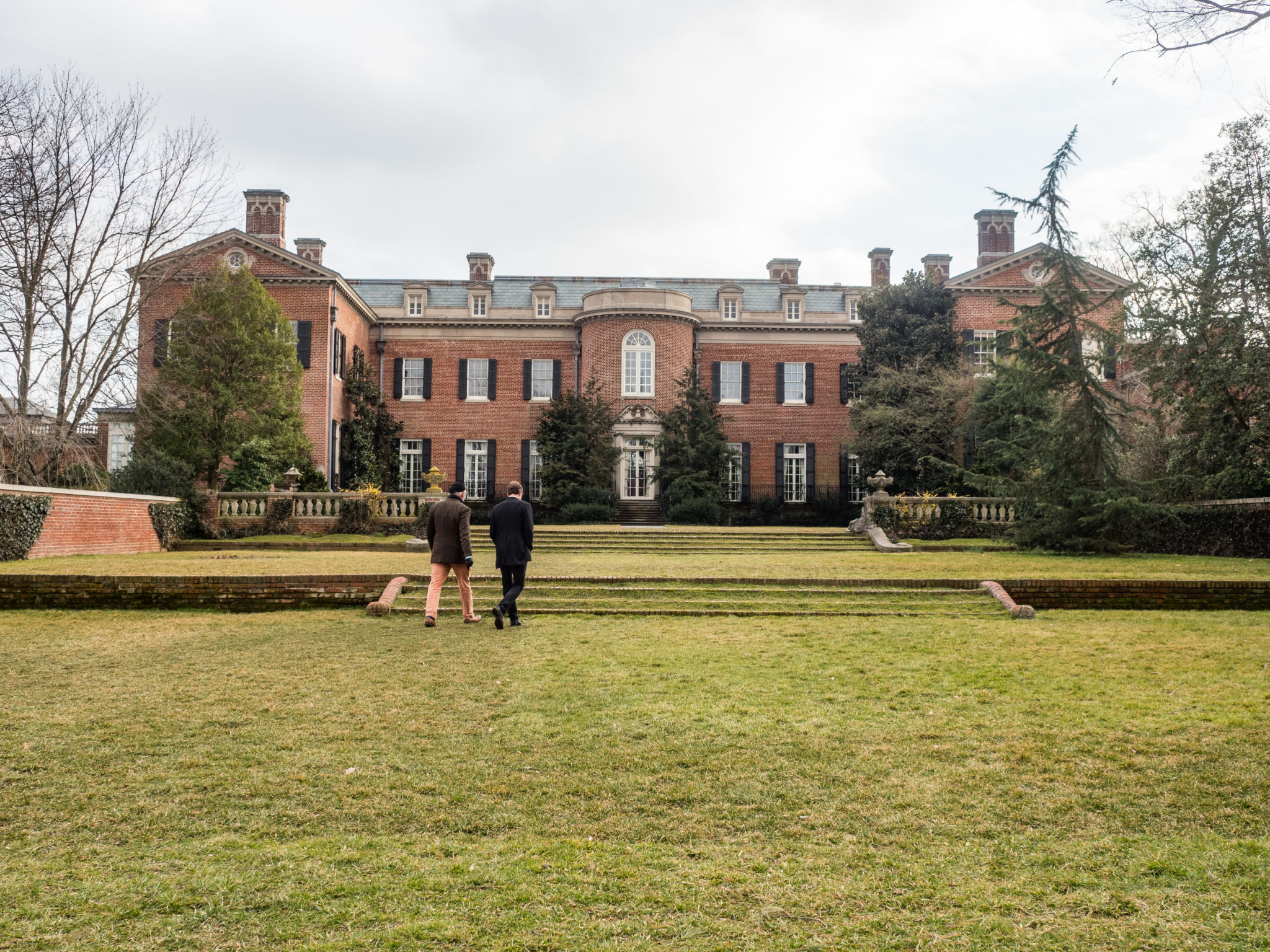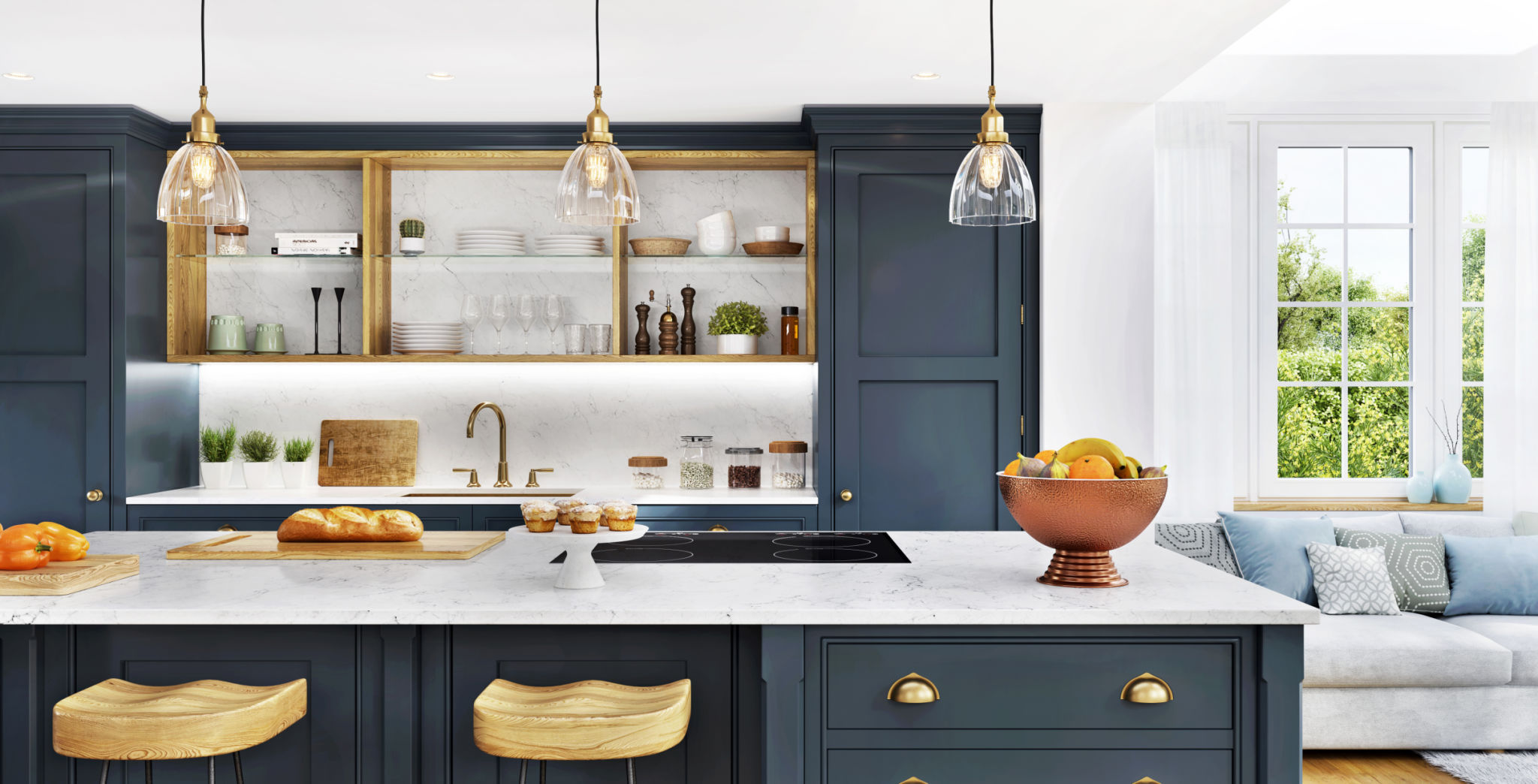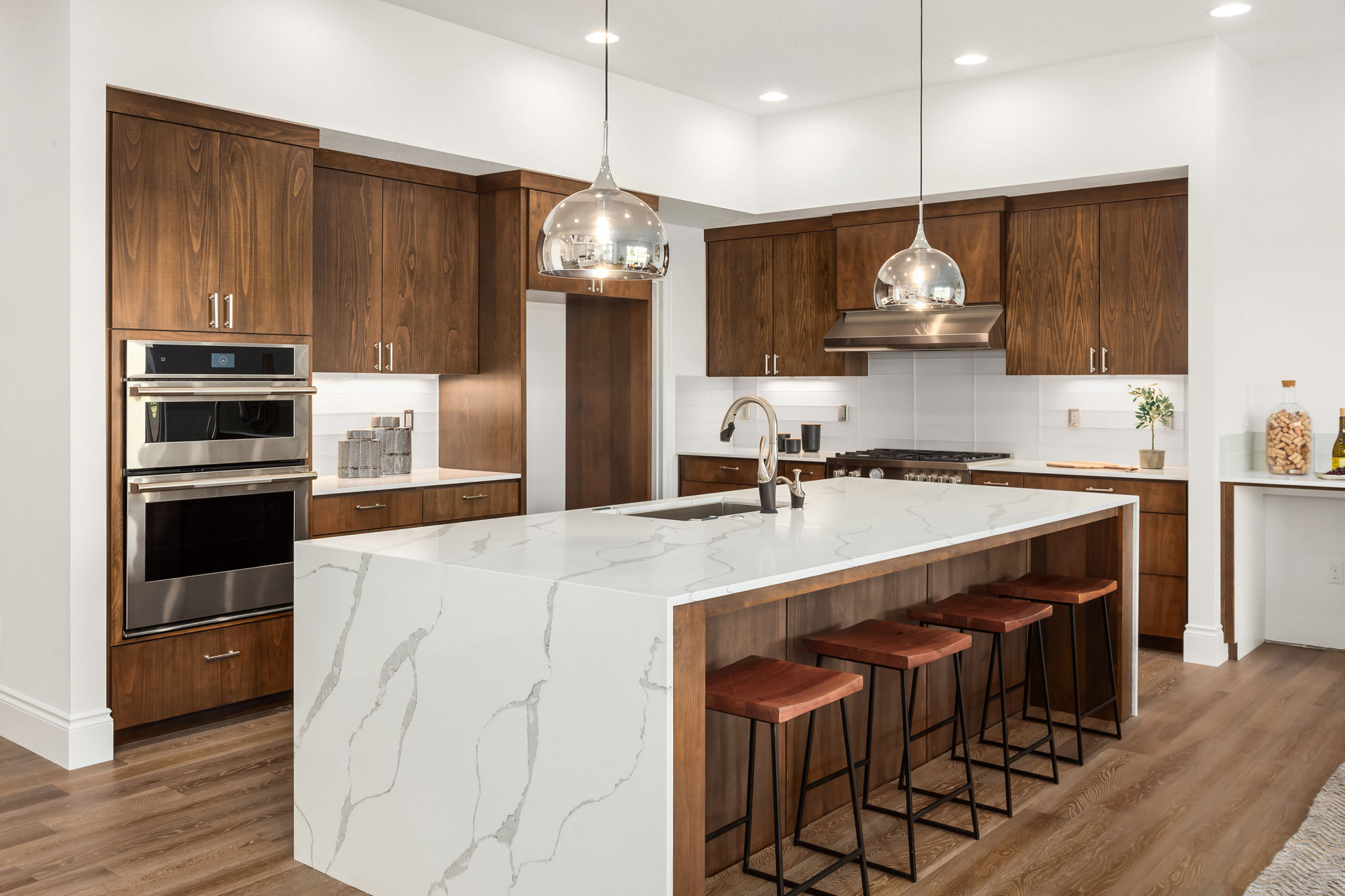Case Study: Transforming a Historic DC Kitchen with Modern Design
Introduction to the Project
Washington, D.C. is renowned for its rich history and classic architecture. Many homeowners in this area find themselves living in properties that are full of character but may lack modern conveniences. In this case study, we delve into a kitchen transformation project where the goal was to merge historical charm with contemporary functionality.
The project took place in a century-old townhouse located in the heart of D.C. The kitchen, while quaint, was outdated and not conducive to the needs of a modern family. The homeowners desired a space that respected the home's historical roots while providing all the benefits of a modern kitchen.

Challenges and Considerations
One of the primary challenges of this renovation was maintaining the historical integrity of the space. The original kitchen featured beautiful, albeit worn, woodwork and antique fixtures that the homeowners were keen to preserve. The transformation had to be done delicately to ensure these elements were retained and enhanced.
Another consideration was the layout. The original design was cramped and poorly lit, typical of older homes. The new design had to improve functionality without compromising on style or authenticity. Furthermore, the renovation had to comply with local regulations related to historic buildings, adding another layer of complexity to the project.

The Design Process
The design team began by assessing the existing space and identifying key features that could be preserved or repurposed. They chose to keep the original hardwood flooring and refurbish it to restore its former glory. Additionally, they sourced antique-style fixtures that complemented the historic nature of the kitchen while being fully functional and efficient.
To enhance usability, the team reimagined the kitchen layout. They opted for an open-plan design that provided more space and allowed for better flow between cooking and dining areas. Modern cabinetry with a vintage finish was installed to offer ample storage while maintaining an elegant aesthetic.

Incorporating Modern Elements
The integration of modern elements was crucial in making the kitchen both beautiful and practical. State-of-the-art appliances were seamlessly installed, ensuring that they did not detract from the historic ambiance. These included energy-efficient models that aligned with the homeowners' sustainability goals.
Lighting played a significant role in the transformation. The design incorporated a mix of ambient, task, and accent lighting to highlight architectural features and improve overall visibility. Vintage-inspired pendant lights were chosen to maintain a cohesive look throughout the space.
Final Outcome
The completed kitchen beautifully blends old-world charm with modern sophistication. The homeowners were thrilled with their new space, which not only met their functional needs but also enhanced the historical character of their home.
This transformation serves as an inspiring example of how careful planning and design can breathe new life into historic spaces while preserving their unique identities. The project is a testament to the potential of blending tradition with innovation.

Conclusion
Transforming a historic kitchen into a modern masterpiece is no small feat. However, with thoughtful consideration and expert craftsmanship, it is possible to create a space that honors its past while embracing the future. This case study showcases how blending historical elements with contemporary design can result in a truly exceptional kitchen transformation.
For homeowners living in historic residences, this project provides valuable insights into how they can achieve their dream kitchen without sacrificing their home's unique character.